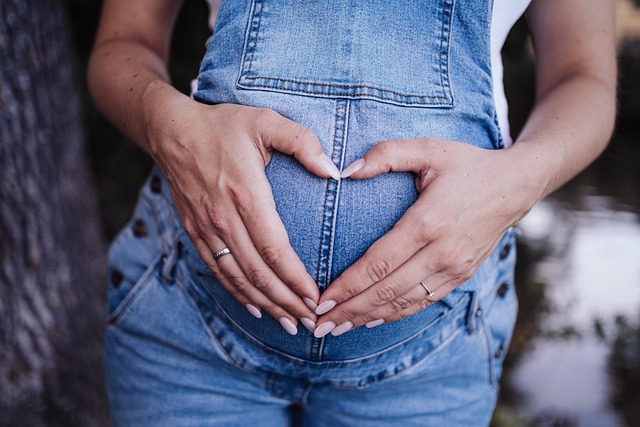Hey there, friends! Let’s dive into a fascinating topic that some researchers have stumbled upon regarding in vitro fertilization (IVF) and the birth of baby boys. A recent study involving 535 patients who went through IVF using their own eggs and a technique called intracytoplasmic sperm injection (ICSI) revealed some intriguing results.
The embryologists worked their magic by nurturing embryos until they reached the blastocyst stage, characterized by a fluid-filled cavity and two distinct cell types that are just starting to differentiate. On the 5th or 6th day, they carefully took a few cells from each embryo for comprehensive chromosome screening (CCS). This testing ensured that only embryos with a normal set of chromosomes (euploid) were selected for transfer. After freezing these healthy embryos, the doctors proceeded with the transfers, but interestingly, the patients didn’t opt for sex selection.
Now, here’s where it gets interesting! Despite there being an equal number of female and male embryos at the blastocyst stage, the final tally of live births showed a significant lean towards boys. Out of those born following a frozen single euploid blastocyst transfer, there were 239 baby girls and 296 baby boys—a difference of about 10%. This pattern held true regardless of whether the embryos were biopsied on Day 5 or Day 6. For instance, those biopsied on Day 5 resulted in 149 girls and 188 boys, while Day 6 yielded 90 girls and 108 boys.
So, why might this happen? While the study didn’t delve deeply into this mystery, researchers speculate that it could be linked to an intriguing phenomenon known as imprinted X chromosome inactivation (iXCI). What this means is that one copy of the X chromosome gets inactivated due to epigenetic changes, which could potentially affect female embryos’ survival rates early on after implantation. This might ultimately skew gender ratios after birth. But hey, more research is needed to really understand this curious gender bias in IVF.
If you’re curious about more parenting hacks, check out our blog post that humorously discusses how real moms tackle house cleaning! And if you’re on a journey to boost fertility, you might want to explore some supplements that can help, like those mentioned on this site. For fantastic insights on pregnancy and home insemination, Healthline has excellent resources you shouldn’t miss.
In summary, the findings suggest that while both male and female embryos start off equally at the blastocyst stage, the odds of having a baby boy seem to be higher after frozen euploid blastocyst transfers. The reasons behind this phenomenon are still being explored, but it certainly adds an interesting twist to the IVF journey.

